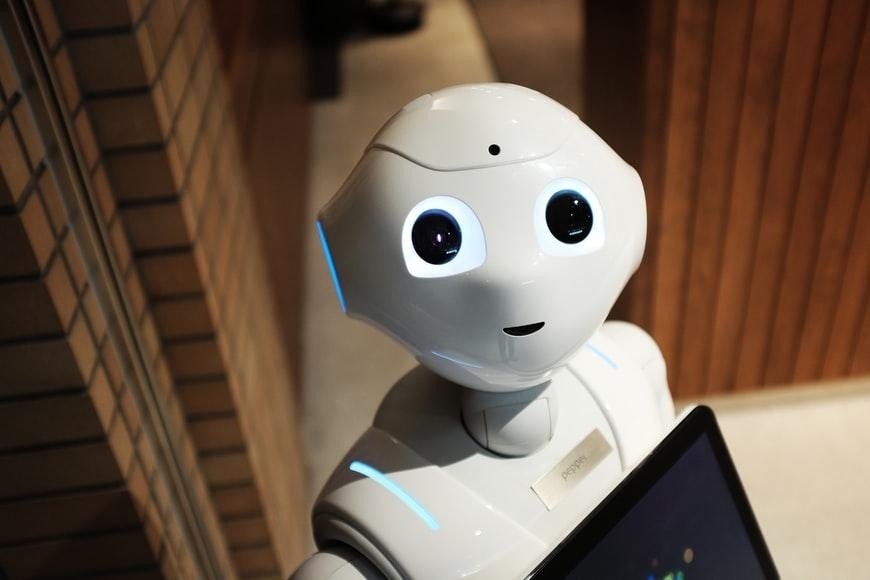Ever thought about the gestures of hands or the snap of fingers can get your work done? The article will take you through the evolution of gesture control shining light on its future prospects.
Just pointing, swiping and creating gestures can get work done. As incredible as it may sound, it has taken quite some time to settle in with the consumers. We know, gestures are the most basic human instincts since mankind’s existence. We use them to communicate and convey our feelings and thoughts – a distinct human quality. But, AI has empowered humans by delegating rote chores to a machine as capable of handling as humans, sometimes even more.
With that being said, the amount of growth in gesture control has been tremendous. This blog will inform you about all that has led to this development-
How it all started
The research for gesture control started in the late 1980s. Inventions of special hand gloves and voice control on a large screen gave rise to the fundamentals of the gesture recognition system. Later, automotive applications were the first gesture recognition system created for better user interface. It evolved into a technology for disabled people through a camera-based web interface. Wearable pendants connected to home appliances eased a lot of work, bringing a sense of comfort and ease in household chores.
In the early 2000s, the gaming industry was booming, giving birth to touchless technology – famously known as the game controller device. In 2004, the introduction of the first fluid two-handed interaction input device based on vision enhanced PCs and Laptops experience. It was followed by a wheelchair control system combined with a laptop and webcam with just head gestures. In 2011, research on mobile touch-screen gesture designs was published, leading to an industrial design perspective on pointing devices as an input channel.
The best feature of leading brands is not specifically their design or hardware; it’s simply the ease of using it—the extreme fun, a gesture-based navigation system that replaces an ancient feature like the home button.It has become a renaissance movement from Apple’s use of gestures in the iPhone X, and many companies are now developing their interpretations. In contrast, Motorola and Huawei have developed systems that work with fingerprint scanners in front of their devices. Even Google will get into the competition with its rendition of gesture controls. A gesture-based control alternative to its popular enthusiast-focused phones for One-plus users.
All in all, different industries used this technology for a better user experience. It is still evolving at an excellent pace.

Importance of Gesture Control and its Benefits
May it be the iPhone 13 with screen needing finger dexterity or the newly launched series of Apple; everything from customization to navigation is possible by gestures. Tap, swipe, scroll, touch and hold, zoom are some tasks quickly accomplished without touching any screen. It is a way for AI or, in simple terms, the computer to understand human body language better. Better understanding has led to better results for users. It gives the user a real-time experience as the mirrored interaction is entirely new. It feels natural without any hindrance or use of additional devices. Another point is that there is no condition for the user to have a single input, which is excellent for customer experience. Facial recognition features employ machine learning algorithms that find, capture, store and analyze facial attributes to match them with pictures of individuals in a pre-existing database.
Future of Gesture Control Technology in AI
The future holds significant aspects for the education field, enhancing classroom participation and interaction. It can improve communication and manipulation of multimedia materials during class. Higher experimentation with the learning and teaching process can effectively nurture a student’s mind. However, it will need practice and calibration in all functions. To get the best results and user satisfaction, more calibration of the product and improvement of the accuracy of the software are also expected. Another direction of future work should include testing gesture control technology and Augmented Reality (AR) and Virtual Reality (VR). This will be the next step for virtual labs, which can be used in many scientific subjects and engineering labs.
Conclusion
In terms of human-machine interaction, gestural control systems are considered the most intuitive and natural. Hence, their development is constantly evolving, depending on the sensors used to capture gestures. In this sense, gesture recognition has grown from an intuitive to a more formal recognition based on the improvements from experiments on sensors used for this purpose.
For more such updates and perspectives around Digital Innovation, IoT, Data Infrastructure, AI & Cybersecurity, go to AI-Techpark.com.

